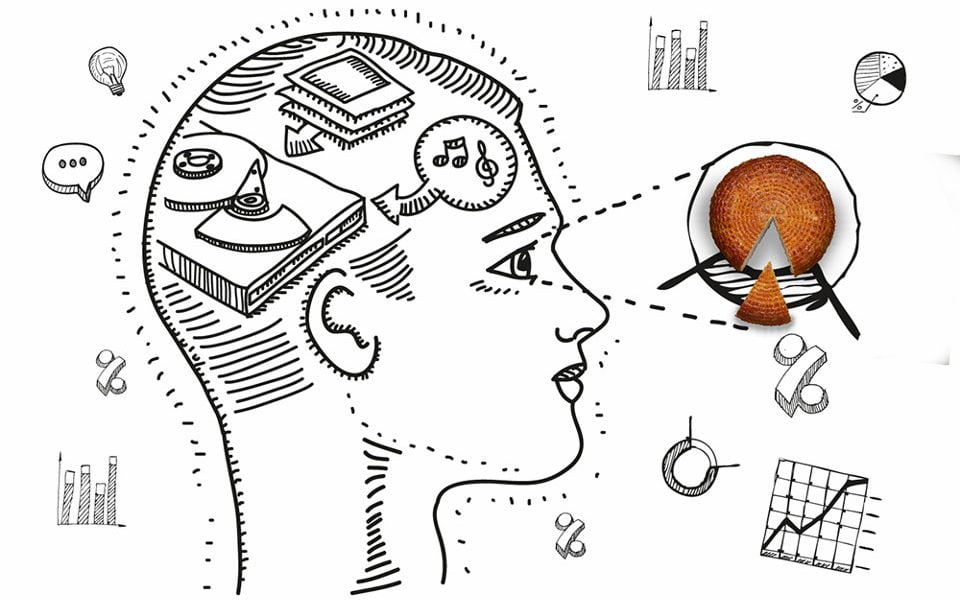Virtual Reality for Learning: 3 Tips for Visual Learners

If you’re someone who finds that photos, graphics, and colors help you organize your thoughts, chances are you’re a visual learner. In fact, plenty of people are visual learners and so you’re in good company.
Plus, there are plenty of ways to tailor learning to your style. Take virtual reality for example. Really, whether you’re taking a course on consent in contracts or learning about Balance of Plant (BOP) control systems you could use virtual reality to make things clearer.
How? Here are 3 tips.
Visual Storyboarding
Visual learners excel when they can see the big picture. In VR, storyboarding transforms studying into a visual narrative so that you can connect the dots and understand concepts in a whole new way.
So enter your VR space and grab your virtual pen. You want to start sketching out your understanding, mapping connections between concepts, and adding visual elements to bring your storyboard to life. Think of it as creating your own personalized roadmap through the material.
For example, say you’re studying the human brain. Use VR to create a storyboard with different sections for brain regions, functions, and disorders. In fact, why not add visuals like diagrams, animations, and even interactive models to deepen your understanding of each topic?
Interactive Data Exploration
Numbers can be intimidating, but in VR, they can become your playground. Interactive data exploration lets you get into datasets, manipulate variables, and uncover insights visually so that complex information is more accessible.
Put on your VR headset and immerse yourself in the data. You want to use VR tools to interact with graphs, charts, and visualizations, tweaking parameters and exploring different perspectives.
For example, picture yourself analyzing climate change data. With VR, you can visualize temperature trends, precipitation patterns, and other environmental factors in a 3D environment as well as manipulate the data in real-time to find correlations and understand the impact of human activities on the climate.
Virtual Memory Palaces
Memorization doesn’t have to be boring. In VR, you can turn it into a fun and interactive experience. Virtual memory palaces means using your visual memory to store and recall information more effectively.
Create a virtual environment that’s tailored to your study material. Then, you want to populate it with visual cues, mnemonics, and interactive elements that represent key concepts. Basically, every time you visit this space you’ll reinforce your memory and strengthen your understanding.
Let’s say you’re learning a new language. It’s a good idea to build a virtual street with different buildings representing vocabulary categories like food, clothing, and transportation and look at it often because you want to get used to visual cues and audio prompts that help you associate words with their meanings.
Really, you want to take advantage of virtual reality if you’re a visual learner. Why not explore these tips?

